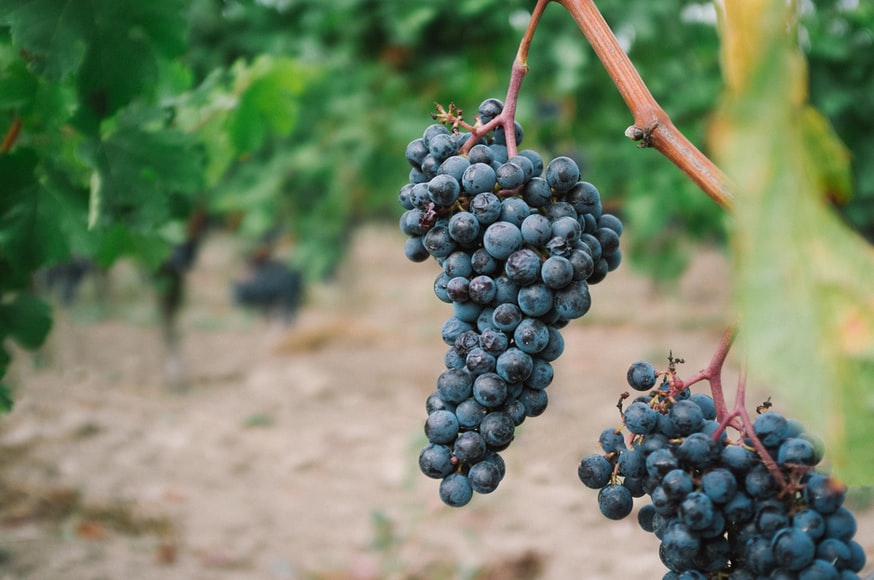Whether you are interested in creating your own custom wine from scratch or want to learn more about your favorite vintage and why it tastes the way it does, wineUdesign makes it easy to understand the wine basics.
For instance, most people don’t realize that not all grapes are suitable for wine making. Wine grapes are vastly different from the types of grapes you purchase to snack on (also known as table grapes). Wine grapes are not only smaller and sweeter than table grapes, but they also have seeds and thicker skins.
In our Wine 101 course, you’ll learn everything there is to know about making and drinking wine.
Learn the Basics of Wine
Enjoying a glass of wine is one thing, but understanding wine is another thing entirely. For starters, did you know that the luxurious liquid contained in a bottle of wine needs to be made from grapes for it to be labeled as “wine?” And there are no fewer than nine styles of wine, which are as follows:
- Light-bodied white wine (Pinot Grigio, Sauvignon Blanc)
- Full-bodied white wine (Chardonnay, Viognier)
- Aromatic white wine (Riesling, Moscato d’Asti)
- Sparkling wine (Champagne, Cava, Prosecco)
- Rose’ wine (Zinfandel)
- Light-bodied red wine (Pinot Noir, Gamay Noir)
- Medium-bodied red wine (Cabernet Franc, Merlot)
- Full-bodied red wine (Cabernet Sauvignon, Malbec)
- Dessert wine (Port)
Understanding the Taste of Wine
Wine has one of the most complex flavor profiles of any liquid because each vintage is unique depending on the grapes used and the fermentation process. Every sip of wine exudes a certain degree of acidity, sweetness, alcohol, tannin, and aroma compounds that get produced during fermentation.
Wine, by its nature, is relatively acidic with a pH that can range anywhere from 2.5 to 4.5. This acidity is what gives wine its tartness. The spicy warmness that you feel when drinking wine comes from the alcohol level of the wine. Most wine has an alcohol by volume of 10%, but some can be as low as 5.5% or as high as 20%.
When a wine is considered “dry,” it means that the wine is not sweet. How sweet a wine is depends on how much sugar has been added. Meanwhile, the astringent quality of most red wines comes from the tannins included in the liquid. White wine doesn’t contain tannins, so this flavor profile is noticeably absent.
Lastly, every grape variety exhibits aroma compounds at different levels. Aroma compounds are things like phenols, esters, higher alcohols, and other acids which cause some grapes to smell like berries and others like flowers. Also affecting the wine’s aroma compounds is the aging vessel that’s used during fermentation. Most red wine is aged in oak barrels, and during the aging process, the wood’s flavor compounds are absorbed into the liquid, thus adding even greater complexities to the finished product’s flavor profile.
Enroll in Wine Basics 101 at wineUdesign and Become a Wine Expert
From private wine tasting events to our fun and interactive winemaking classes, wineUdesign makes it easy to understand, make, and enjoy your favorite drink. When enroll in one of our classes, you learn everything there is to know about making a one-of-a-kind vintage, from choosing the grapes to creating a custom logo for your bottles.
This is a hands-on experience that will help you gain an even greater appreciation for wine and the wine making process. To learn more or to schedule a tour of our Long Island winery, or to enroll in an upcoming class, contact us today!

